Slipform Concrete Paving Services: Turnkey, Formwork‑Free Roads, Runways & Industrial Floors
We deliver end‑to‑end slipform concrete paving solutions for highways, airfields, and industrial facilities, combining engineering, mix design, 3D guidance, production, curing, texturing, and testing into a single accountable package, accelerating schedules while meeting rigorous tolerances, durability targets, and documentation requirements from preconstruction through closeout and handover.
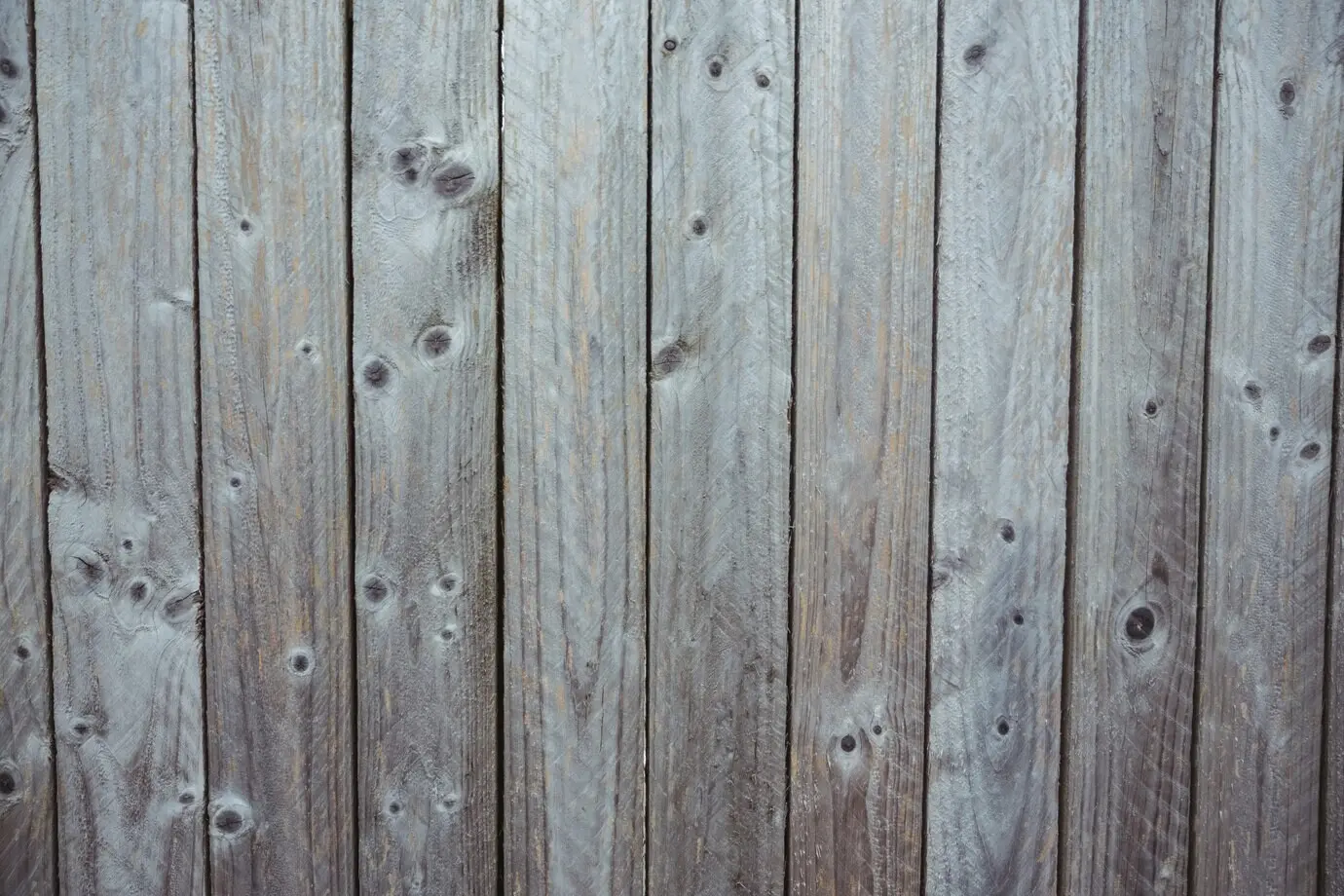
About Our Slipform Paving Team
We are a specialized concrete contractor dedicated to slipform paving for roads, runways, and industrial slabs. Our engineers, surveyors, and paving crews operate integrated equipment and QC systems, delivering reliable schedules, verifiable quality, and complete documentation through a single, accountable turnkey partner focused on long‑term pavement performance.
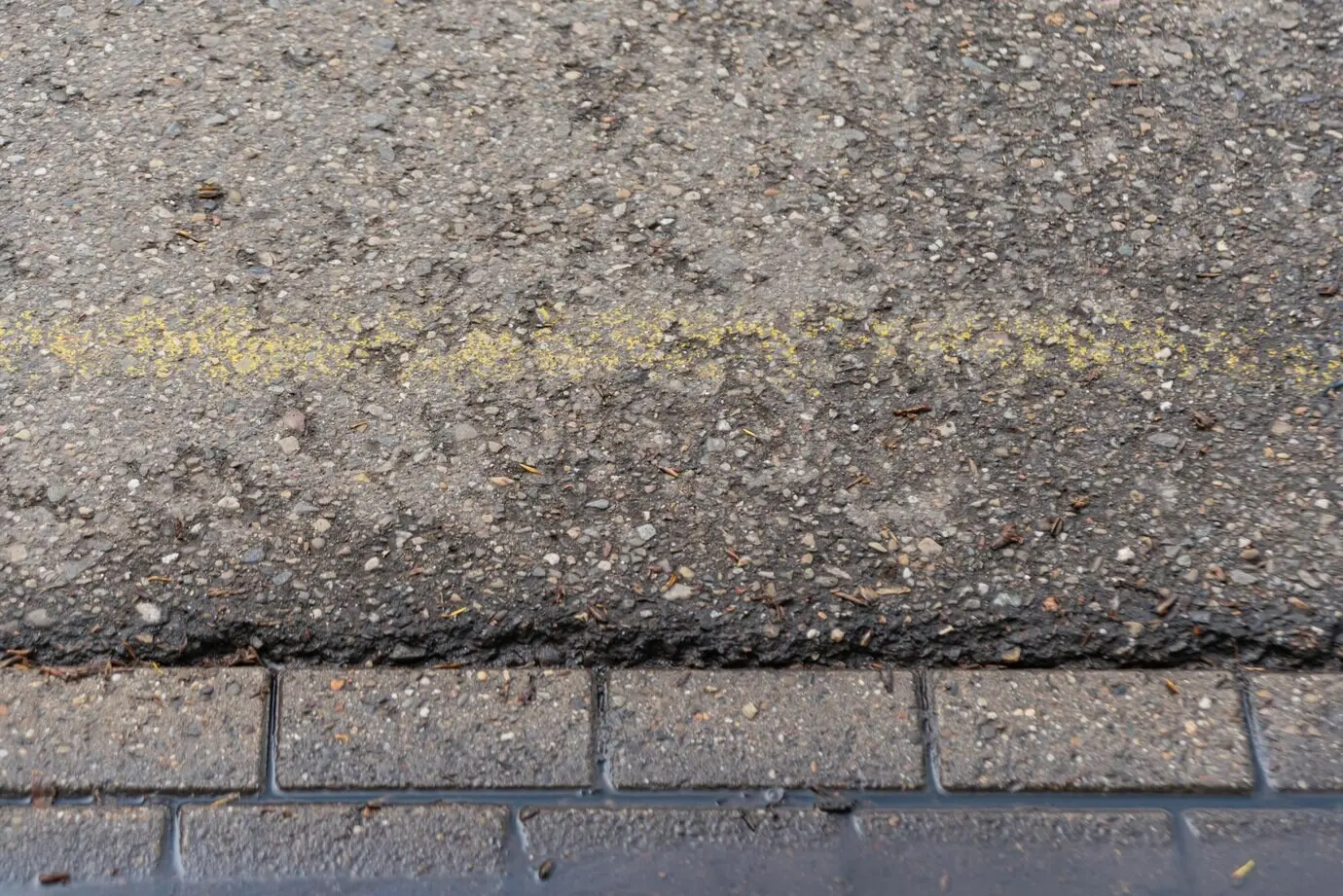
What Is Slipform Concrete Paving
Slipform paving continuously extrudes concrete without stationary forms by using a tracked machine, internal consolidation, and precision molds, enabling rapid, consistent, high‑tolerance pavements while integrating load transfer devices, jointing strategies, and finishing operations within a streamlined, quality‑controlled production workflow.
Continuous, Formwork‑Free Placement
Concrete is placed ahead of the paver, vibrated and consolidated by internal vibrators, then shaped by adjustable molds that create the pavement’s final profile as the machine advances. Without stationary side forms, the operation significantly reduces setup time, labor intensity, and variability, while maintaining alignment, thickness, and surface consistency across long, uninterrupted runs.
Productivity and Tolerances
Slipform paving achieves high daily outputs by maintaining a steady concrete supply, optimized haul cycles, and synchronized finishing. Thickness and alignment tolerances are verified through continuous surveying and checks, while smoothness is validated using profilographs or inertial profilers, ensuring ride quality and compliance with specification‑defined limits on deviations, edges, crossfall, and grade.
Where Slipform Excels
The method excels on long linear assets and large slabs, including highways, runways, taxiways, aprons, and industrial hardstands. It favors consistent subgrade support, reliable batching, and controlled logistics, delivering predictable quality and speed, particularly where joint spacing, load transfer, and durability metrics require repeatable, machine‑guided precision from pour to cure.
Turnkey Delivery Model
Our turnkey model unifies design support, planning, batching, slipform paving, curing, texturing, saw‑cutting, sealing, and testing under one contract, streamlining responsibility, removing interfaces, and compressing delivery timelines while providing transparent reporting, predictable costs, and a single point of contact for decisions, risk management, and performance accountability.


Pavement Design Optimization
We evaluate traffic spectra, subbase stiffness, climate exposure, and constructability to recommend thickness optimizations, joint spacing, and reinforcement strategies that balance performance and cost. Using mechanistic‑empirical insights and historical data, we validate alternatives, identify bottlenecks, and produce detailing that accelerates slipform operations without compromising durability, drainage, or future maintenance considerations.
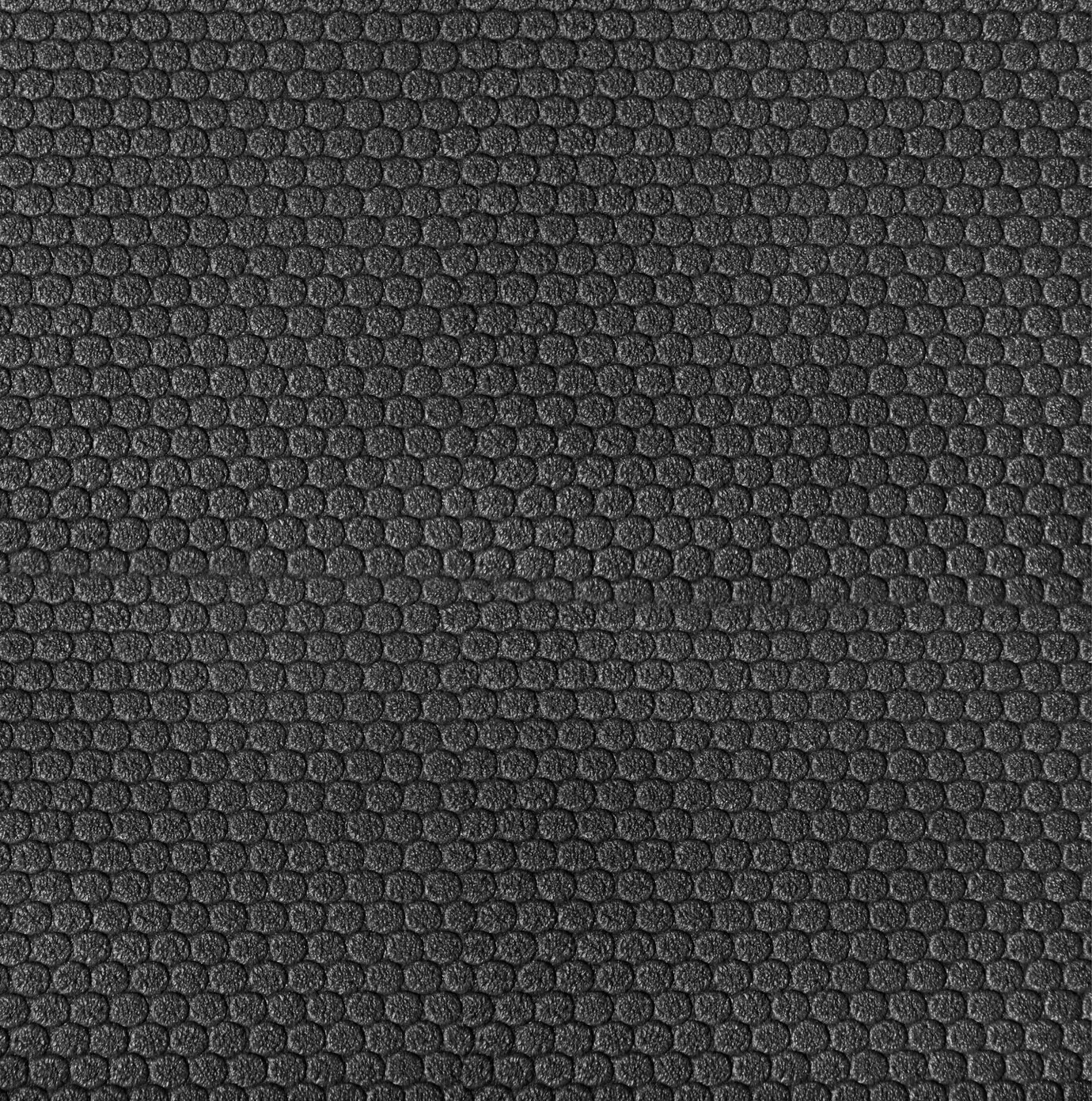
Rebar, Dowels, and Load Transfer
Proper load transfer extends pavement life by controlling faulting and joint distress. We analyze dowel spacing, sizes, basket placement tolerances, and tie‑bar strategies for edges and lanes, aligning details with paver insertion capabilities or pre‑placed assemblies, ensuring consistent engagement, minimized misalignment, and efficient production compatibility with machine guidance and QA checks.
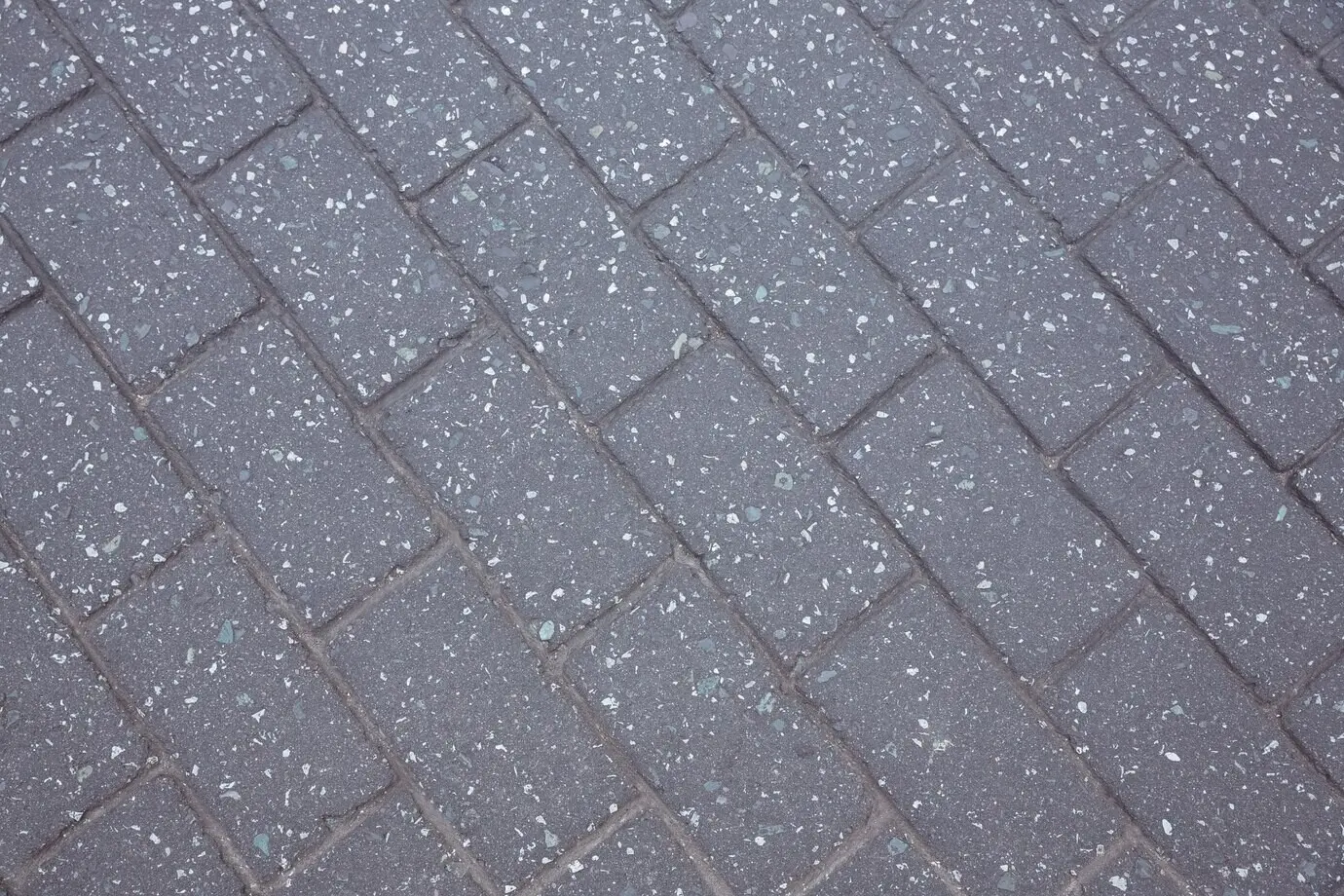
Jointing & Layout Modeling
We model transverse and longitudinal joint patterns to coordinate saw‑cut windows, utility conflicts, fixed features, and construction phasing. Digital layouts link to machine control files, reducing onsite interpretation and rework. The approach supports predictable crack behavior, simplified sealing operations, and efficient traffic management during staged openings or partial handovers.
Preconstruction & Mix Design
Preconstruction planning locks down material sources, batching methods, admixture strategies, and testing plans, ensuring workable, durable mixes that align with slipform machine behavior, environmental conditions, and performance specifications across placement, texturing, curing, and early‑age strength development.
Aggregates and Mix Proportioning
We qualify aggregates for gradation, cleanliness, and angularity, then design blends that promote stability under vibration while achieving target strength and shrinkage characteristics. Water‑cement ratios, cementitious blends, and supplementary materials are tuned to balancing workability, set timing, finishing, and long‑term performance in alignment with project specifications and environmental constraints.
Workability and Admixtures
Admixture selection targets consistent slump or slump‑flow, controlled set times, and evaporation resistance under changing weather. We calibrate water reducers, retarders, air entrainment, and finishing aids to sustain edge stability and surface quality through the paver, lowering variability, minimizing tear‑outs, and ensuring repeatable texture and consolidation characteristics shift‑after‑shift.
Trial Batches and Performance Tests
Before production, we run trial batches to validate workability windows, air content, density, and early strengths, then simulate paving to observe edge stability and texture. Results inform final proportions, curing selection, and saw‑cut timing, reducing startup risk and ensuring the first pours meet specification targets and schedule expectations.
Surveying, Control & Guidance
We integrate survey control, benchmarks, and 3D machine guidance to maintain grade, crossfall, and alignment, enabling predictable smoothness and thickness while reducing dependence on stringlines and minimizing staking, measurement errors, and rework.

Equipment & Paver Fleet
Our fleet includes modern slipform pavers, molds, dowel inserters, texture‑cure machines, and support plant, scaled to project width, thickness, and geometry, enabling responsive mobilization, reliable uptime, and consistent output across changing site conditions and phasing requirements.
Slipform Pavers and Molds
We configure pavers with adjustable tracks, variable width kits, and custom molds to match lane widths, shoulders, gutters, and specialty profiles. Internal vibrators are tuned to mix behavior, while mold design controls edge integrity. Preventive maintenance and spares coverage sustain uptime across long, continuous paving sequences and tight milestones.
Dowel Insertion and Tie‑Bar Systems
Onboard insertion units and tie‑bar systems place load‑transfer devices accurately without slowing production. We verify depths, spacing, and alignment using gauges and test excavations, documenting compliance for each shift. Where pre‑placed baskets are required, we coordinate placement and stabilization to protect lines during haul and paver pass operations.
Batch Plant, Haul Roads, and Logistics
We size batch capacity and truck fleets to sustain target paving speeds, then prepare haul routes to reduce congestion and segregation risk. Traffic plans protect fresh edges, and contingency stockpiles buffer supply fluctuations. Real‑time coordination between plant, QC, and paving crews stabilizes slump, temperature, and timing through the finishing window.
Quality Assurance & Testing
Quality control aligns with specifications through fresh concrete tests, smoothness verification, thickness checks, curing audits, and strength development tracking, with all results recorded in structured logs for transparent compliance and traceable closeout documentation.
Fresh Concrete Testing
We test slump or spread, air content, temperature, and unit weight at defined frequencies, capturing results in digital logs linked to truck tickets and locations. Early age cylinders or beams confirm strength gain against opening requirements, while nonconformance procedures ensure rapid root‑cause investigation and corrective actions when values drift.
Surface Smoothness and Profile
Smoothness is measured using profilographs or inertial profilers to calculate IRI or PI, with grinding plans prepared if needed to meet thresholds. We also validate cross slope and edge alignment, correlating results with machine control data to confirm that construction matches design intent and ride quality commitments.
Curing Verification and Strength Gain
We verify curing compound application rates, coverage, and timing, cross‑checking with weather and evaporation rates. Strength gain is tracked through standardized tests, allowing safe timing for saw cuts, traffic loading, or form removal on adjoining works. Documentation links results to lots, dates, and pour locations for auditable records.

Edges, Profiles & Embedded Items
We shape edges, curbs, and special profiles while integrating dowels, tie bars, sleeves, and blockouts, ensuring devices remain aligned, secure, and accessible for subsequent trades without compromising paving speed or surface quality.
Learn MoreCuring, Texturing & Finishing
We apply curing membranes, create specified macrotexture, and manage saw‑cut timing to lock in durability, friction, and aesthetics, protecting surfaces from moisture loss and thermal stresses during the most sensitive early‑age period.
Curing Compounds and Membranes
Membrane curing is applied at specification rates using calibrated sprayers, with coverage tests confirming uniformity. We adjust application to temperature, wind, and humidity to reduce plastic shrinkage and early cracking risk. Records capture lot numbers, equipment settings, and weather conditions to underpin durability expectations and compliance.
Transverse and Longitudinal Texturing
We deliver required textures—broomed, tined, or grooved—balancing friction performance with smoothness. Equipment settings are tuned to concrete stiffness and timing, preventing tear‑out while achieving consistent depth. Airfield grooving coordination ensures line spacing and offsets align with lighting, markings, and drainage requirements for operation and safety.
Sealing, Sawing and Joint Protection
We plan saw‑cut windows based on mix behavior and ambient conditions to prevent raveling while capturing shrinkage energy. Joint cleaning, sealing, and protection follow manufacturer guidance, with traffic management preserving edges. Maps document spacing, depths, sealant types, and lot references for future maintenance and warranty clarity.

Slipform Concrete Paving Services
From preconstruction to handover, we provide design support, 3D guidance, batching, slipform placement, curing, texturing, jointing, and testing under one contract. Our approach compresses schedules, reduces interface risk, and delivers consistent, compliant pavements tailored to traffic, environment, and lifecycle performance goals across diverse sectors and specifications.

Highway and Roadway Slipform Paving
Turnkey highway paving includes mix design, MOT planning, stringless control, dowel placement, texturing, curing, and joint sealing. We optimize production to meet smoothness, thickness, and opening timelines, delivering resilient pavements with clear documentation for compliance, payment, and future maintenance planning across urban and rural corridors.
.50/yd²
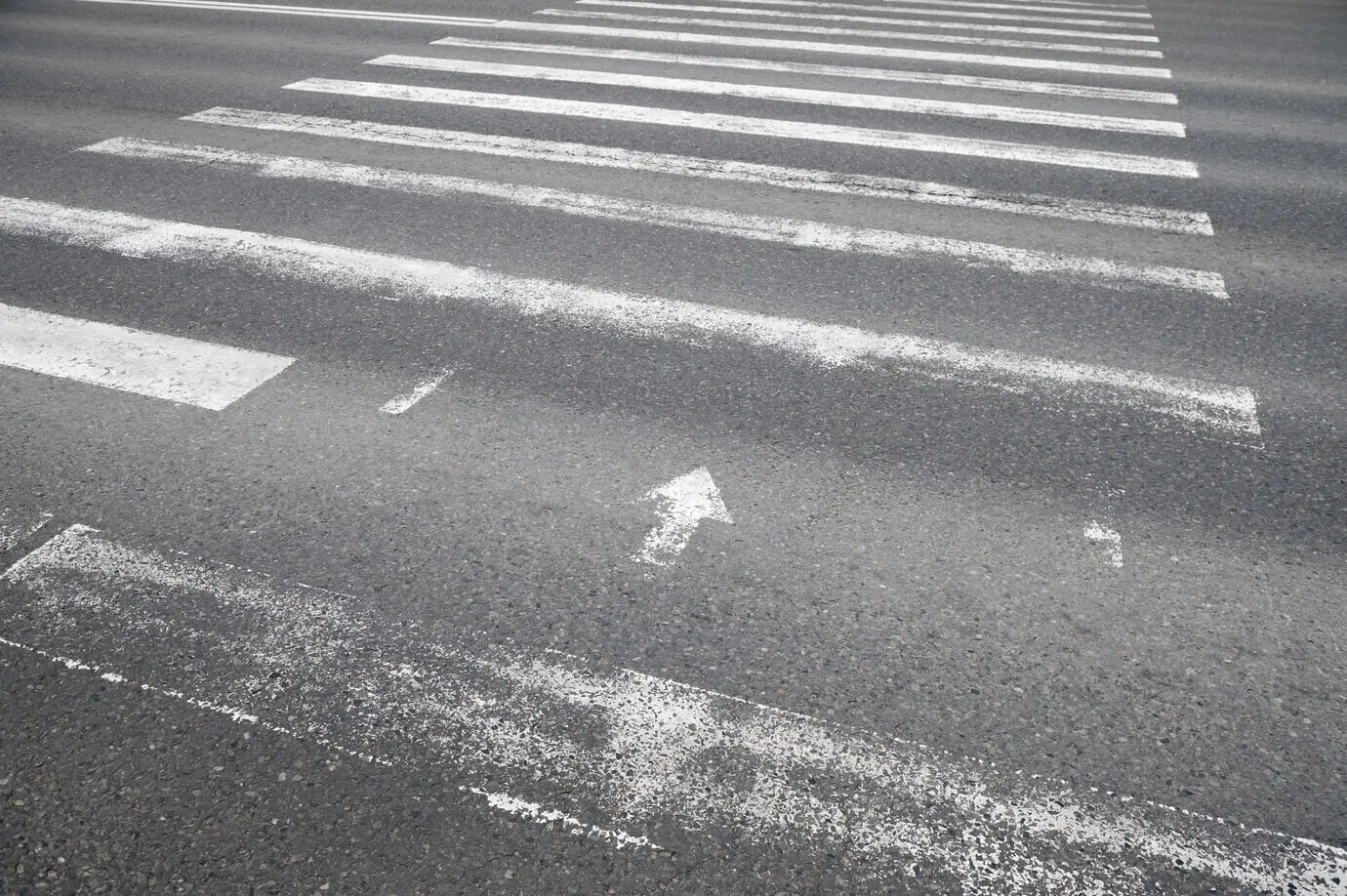
Runway, Taxiway and Apron Slipform Paving
Airfield paving integrates FAA/ICAO specifications, grooving, lighting coordination, and robust load transfer for heavy gear loads. We manage phased closures and safety protocols, ensuring high reliability, smoothness, and friction performance, backed by auditable test records and precise as‑built data suited to mission‑critical operations and regulatory reviews.
.50/yd²

Industrial Floors, Hardstands and Yards
We deliver high‑flatness industrial slabs and heavy‑duty hardstands with engineered joints, joint armor, and reinforcement strategies. Our slipform approach balances productivity with dimensional stability, minimizing curl and spalling while meeting stringent FF/FL targets, impact resistance needs, and operational demands for logistics, storage, and equipment traffic.
.50/yd²
Airfields & Runways Expertise
Our airfield experience covers runways, taxiways, and aprons built under demanding specifications, coordinating grooving, lighting, and phased operations while maintaining tight tolerances, safety, and documentation critical to aviation stakeholders and regulators.
FAA and ICAO Compliance
We align submittals, materials, and testing plans with FAA and ICAO standards, addressing grooving, texture, strength, and smoothness criteria. Phased closures, NOTAM coordination, and safety protocols protect operations. Our documentation trail supports audits, while quality gates ensure high‑reliability performance across critical airside pavements and transitions.
High Load Aprons and Taxiways
Aprons and taxiways demand thicker sections, robust load transfer, and durable joints. We optimize dowel sizes, reinforcement options, and joint armor, coordinating with fueling, drainage, and utility corridors. Slipform methods sustain output while meeting heavy gear load cycles and turning stresses with controlled macrotexture and uniform curing.
Lighting and Grooving Integration
Working with electrical and marking teams, we coordinate can depths, conduit routes, and grooving operations to avoid conflicts and rework. Survey‑driven layouts, mockups, and hold points confirm tolerances, ensuring lighting performance, drainage, and friction targets are achieved without compromising production rates or surface integrity.
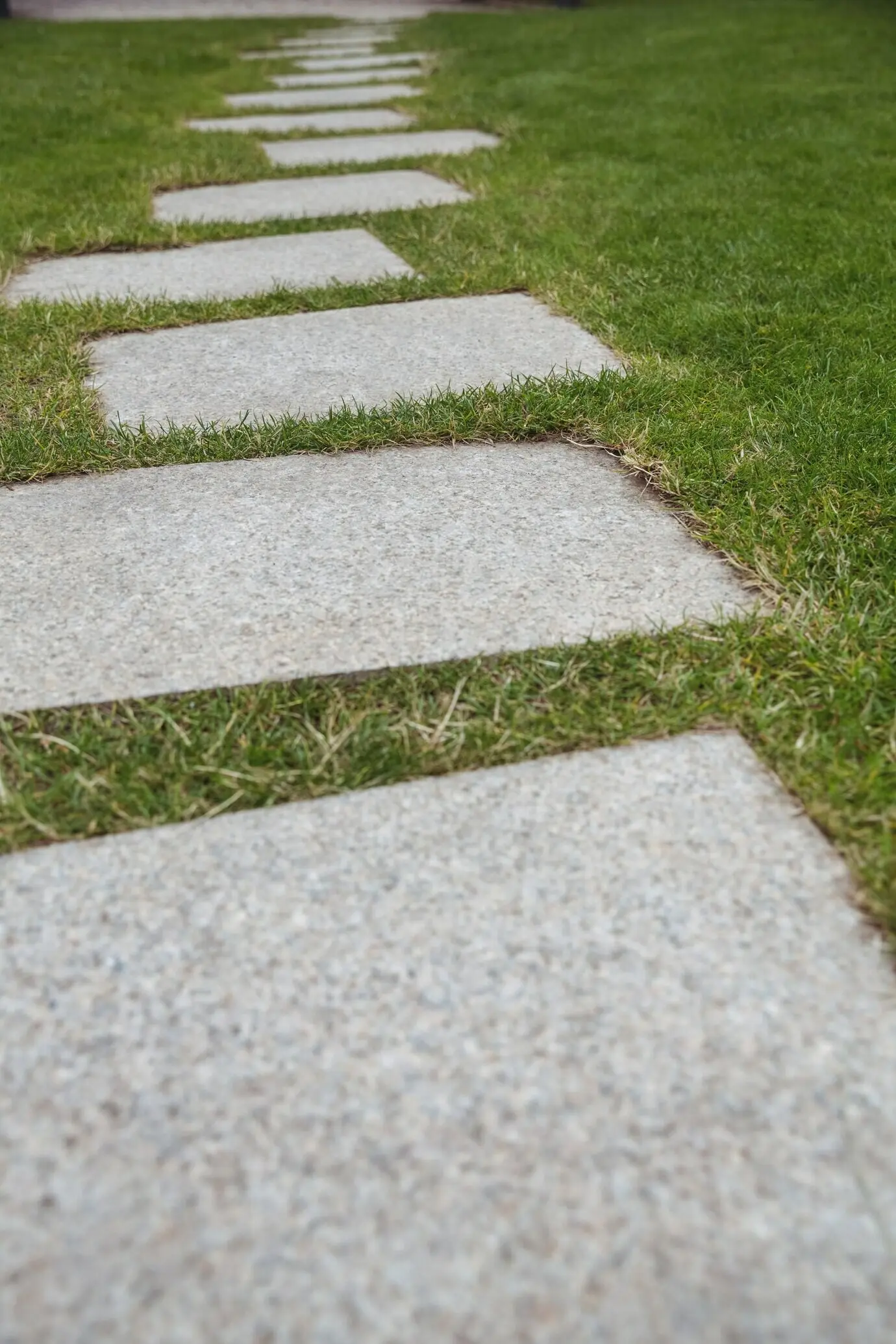
Industrial Floors & Slabs
We deliver high‑flatness industrial slabs, hardstands, and yards with engineered joints, load transfer, and reinforcement strategies tailored to traffic, racking, and impact conditions, balancing constructability, shrinkage control, and lifecycle maintenance.
Flatness/Levelness Targets and Testing
We plan placements, finishing sequences, and testing against FF/FL or equivalent metrics. Mix design, vibration, and finishing methods are tuned to minimize curl and differential shrinkage. Independent verification confirms compliance, while corrective plans—grinding or remedial treatments—are established in advance to protect delivery milestones and usability.
Heavy‑Duty Joints and Armor
Industrial joints are detailed for heavy wheel loads and impact zones. We specify load‑transfer devices, joint armor, and sealants suited to chemical exposure and maintenance regimes. Installation tolerances and inspections reduce spalling and faulting, extending service life under forklifts, reach stackers, and repetitive turning movements.
Shrinkage Control and Reinforcement
We balance joint spacing, fibers, welded wire, and bar reinforcement to control cracking and curling. Admixture choices and curing practices target early moisture retention and stable hydration. The approach supports long‑term dimensional stability, improving surface performance beneath storage systems, conveyors, and high‑frequency traffic corridors.
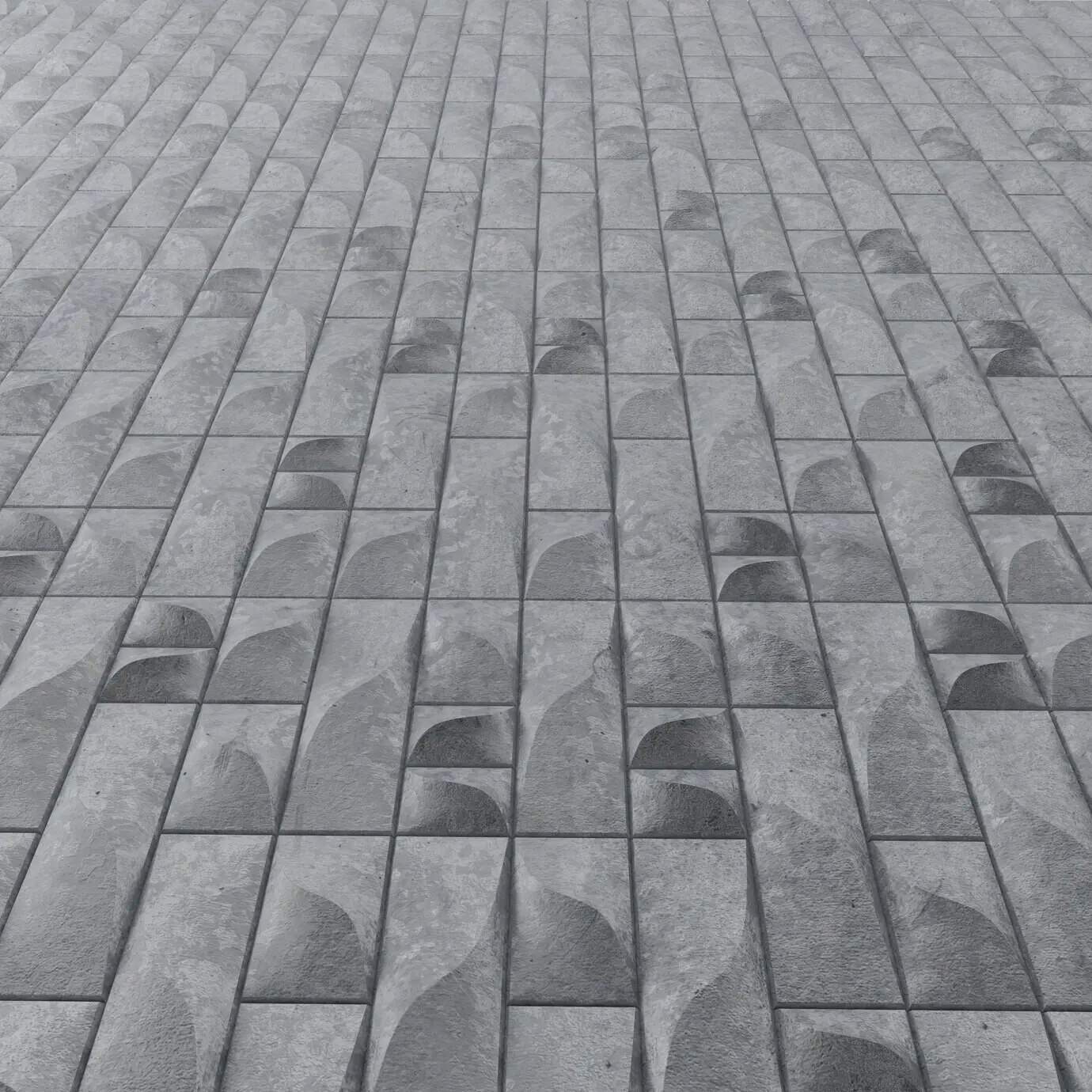
Site Safety and Traffic Management
We develop task‑specific risk assessments, traffic control plans, and exclusion zones protecting crews and the public. Spotters, barriers, and communication protocols govern interactions between trucks and equipment. Toolbox talks, inspections, and near‑miss reviews drive a continuous improvement loop aligned with client and regulatory requirements.
Read more

Environmental Controls and Recycling
We manage washout basins, dust suppression, and noise buffers, monitoring weather to prevent offsite impacts. Recycling strategies repurpose demolished concrete and returned mix where feasible. Documentation of waste streams and emissions supports sustainability targets and community commitments without affecting production quality or schedule reliability.
Read more

Regulatory Documentation and Audits
Compliance documentation covers permits, materials certifications, inspection logs, and test results, organized for quick retrieval and audits. Preplanned hold points, witness tests, and third‑party checks ensure transparency. Post‑project records facilitate maintenance planning and future works interfacing, supporting long‑term asset management strategies.
Read more
Project Management & Communication
We coordinate stakeholders through structured meetings, transparent dashboards, and decisive change management, ensuring timely information flow that protects critical path activities, budgets, and compliance obligations across complex, multi‑phase paving programs.
Stakeholder Coordination
We map responsibilities, identify interfaces, and schedule coordination touchpoints with designers, utilities, suppliers, and inspectors. Early clash detection and documented decisions reduce uncertainty. Clear communication channels and escalation paths keep issues visible and manageable, enabling rapid resolution without derailing production sequences or quality commitments.
Digital Reporting and Dashboards
Daily reports, production metrics, testing results, and photographs flow into digital dashboards shared with stakeholders. Trends highlight risks early, while automated alerts flag nonconformances or schedule slippage. The visibility supports proactive decisions, grounded in data captured at source and formatted to align with project reporting standards.
Change Management and Risk Control
We quantify scope changes, assess schedule and cost impacts, and implement mitigation plans that protect quality. Structured approvals, updated method statements, and proactive communication prevent surprises. Risk registers are maintained live, linking triggers to specific controls and owners across materials, weather, logistics, and manpower domains.




Materials Sourcing & Supply Chain
We secure reliable aggregate, cementitious, admixture, and fuel supply chains, building redundancy and contingency stock to support uninterrupted paving, consistent quality, and schedule resilience against weather or market fluctuations.
-
Suppliers are vetted for quality systems, capacity, and logistics performance. We validate aggregate gradations, moisture variability, and cleanliness over time, then align storage and handling to sustain consistency. Framework agreements and backup sources improve resilience, protecting production against outages, surges, or delivery constraints.
-
We monitor aggregate moisture, calibrate probes, and adjust batch water in real time to stabilize slump and air. Regular scale calibrations and verification runs confirm volumetric accuracy. The outcome is consistent workability through the paver, reduced rejections, and reliable timing for texturing, curing, and saw‑cut operations.
-
Alternate quarries, admixture suppliers, and fuel plans are established for continuity. Emergency maintenance procedures and spares lists reduce downtime. Buffer silos and supplemental trucks absorb demand spikes. These safeguards keep the paver moving, protecting milestones and the quality envelope when conditions change unexpectedly.
Traffic, Phasing & Access
We design work zones, detours, and phased access that protect operations, maintain stakeholder mobility, and support efficient slipform sequencing without compromising safety, quality, or schedule.
Maintenance of Traffic (MOT)
Phased closures, signing, and barriers define safe work envelopes while maintaining critical flows. We coordinate detours, emergency access, and local business needs, adjusting patterns to match production. Inspections confirm compliance, and live updates inform stakeholders about stage transitions and temporary changes.
Phased Paving Sequencing
We plan lane shifts, tie‑ins, and transitions to sustain throughput and joint integrity. Sequencing aligns with curing windows and saw‑cut timing, preventing damage during traffic switches. Coordination with adjacent works avoids conflicts, enabling continuous paver movement and controlled interfaces with structures or utilities.
Access for Operations and Emergency Services
Access plans maintain routes for deliveries, site crews, and emergency responders. Staging areas and haul roads isolate heavy movements from public exposure. Clear communication, escort protocols, and real‑time adjustments protect safety while ensuring production logistics remain efficient and predictable across shifting phases.
Frequently Asked Questions
How does slipform paving differ from fixed‑form concrete placement?
Slipform paving uses a continuously advancing machine with internal vibration and a shaping mold, eliminating stationary side forms and reducing setup time. This enables faster, more consistent production, improved smoothness, and reliable thickness control, while integrating load transfer devices and finishing operations in one streamlined process.
What project sizes and sectors do you serve with slipform paving?
We deliver small to large programs spanning municipal roads, state highways, airports, logistics yards, industrial floors, and heavy‑duty hardstands. Our fleet scales to lane widths, slab thicknesses, and phasing needs, enabling efficient mobilization, sustained output, and dependable compliance across diverse specifications and stakeholder requirements.
How do you ensure smoothness, strength, and long‑term durability?
We pair 3D guidance with rigorous QC: fresh concrete tests, profilograph or inertial smoothness checks, thickness verification, curing audits, and strength tracking through cylinders or beams. Documented inspections, corrective workflows, and traceable materials certifications provide transparent assurance that performance targets and specification tolerances are consistently achieved.
What production rates and schedules can we expect on a typical project?
Output depends on mix behavior, plant capacity, haul distances, widths, and weather. We build schedules around sustained, balanced supply to the paver, optimizing crew shifts, curing windows, and saw‑cut timing. Daily production targets are validated through trials, ensuring predictable progress without compromising quality or safety obligations.
How do you manage traffic, access, or airfield operations during paving?
We create detailed phasing and maintenance‑of‑traffic plans, coordinate closures, and design safe work envelopes that protect crews and users. On airfields, we align with operational windows, safety escorts, and NOTAM requirements. Clear communication and adaptive staging safeguard mobility while keeping paving sequences and quality controls on track.
Do you offer warranties and post‑construction support for pavements?
Yes, we provide warranty terms aligned with project requirements, supported by comprehensive closeout records, joint maps, and testing results. We also advise on maintenance practices, sealant upkeep, and inspections, helping owners preserve performance, reduce lifecycle costs, and plan timely interventions based on real‑world usage conditions.